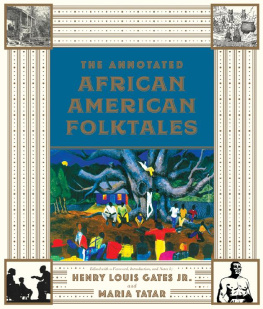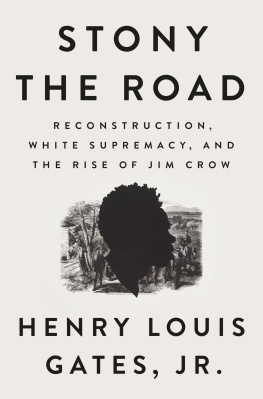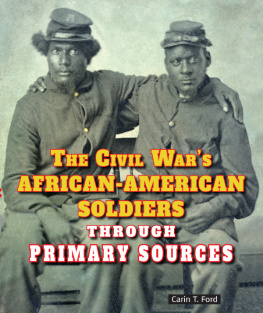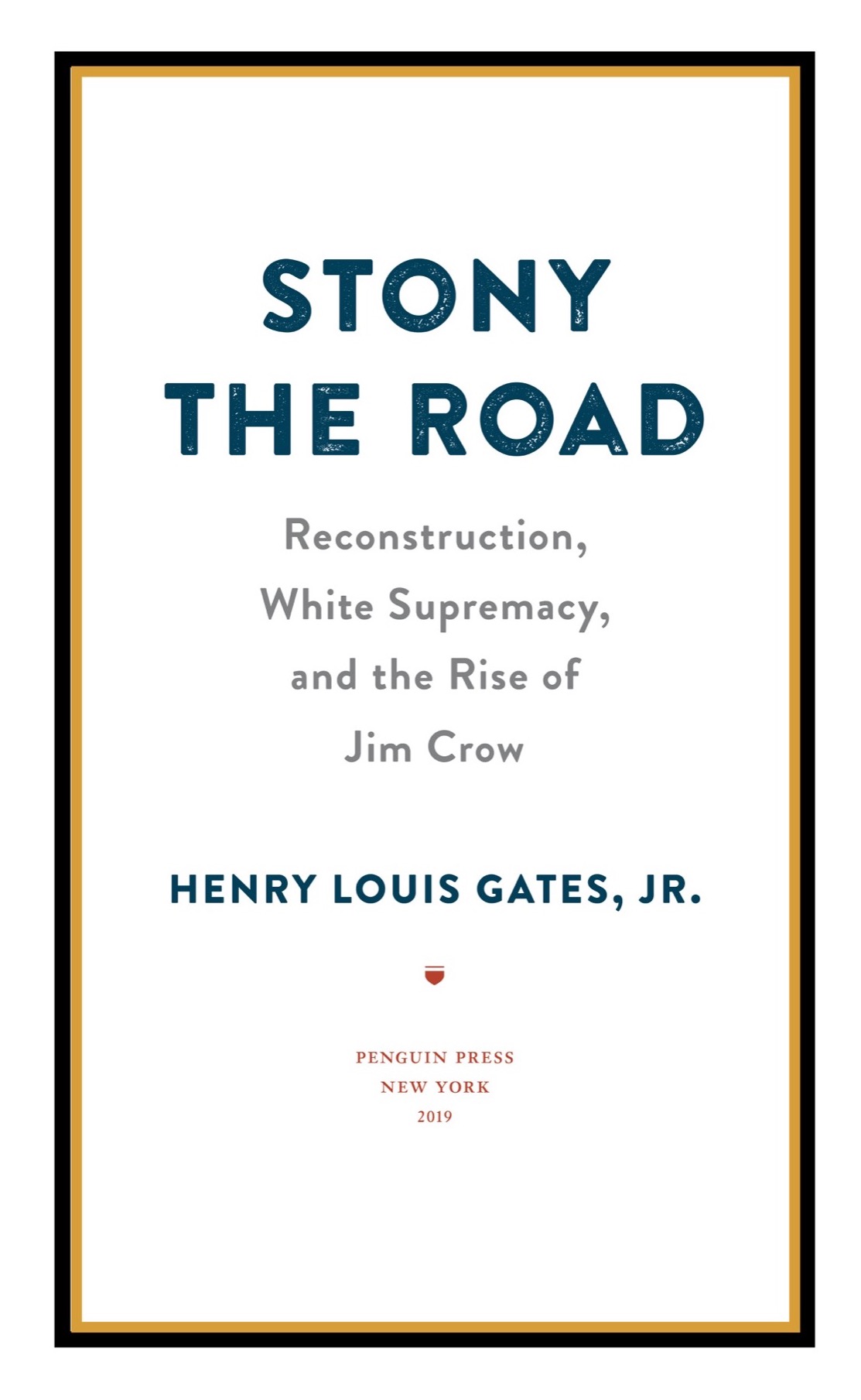Henry Louis Gates Jr. - Stony the Road: Reconstruction, White Supremacy, and the Rise of Jim Crow
Here you can read online Henry Louis Gates Jr. - Stony the Road: Reconstruction, White Supremacy, and the Rise of Jim Crow full text of the book (entire story) in english for free. Download pdf and epub, get meaning, cover and reviews about this ebook. year: 2019, publisher: Penguin Press, genre: History / Science. Description of the work, (preface) as well as reviews are available. Best literature library LitArk.com created for fans of good reading and offers a wide selection of genres:
Romance novel
Science fiction
Adventure
Detective
Science
History
Home and family
Prose
Art
Politics
Computer
Non-fiction
Religion
Business
Children
Humor
Choose a favorite category and find really read worthwhile books. Enjoy immersion in the world of imagination, feel the emotions of the characters or learn something new for yourself, make an fascinating discovery.
- Book:Stony the Road: Reconstruction, White Supremacy, and the Rise of Jim Crow
- Author:
- Publisher:Penguin Press
- Genre:
- Year:2019
- Rating:4 / 5
- Favourites:Add to favourites
- Your mark:
Stony the Road: Reconstruction, White Supremacy, and the Rise of Jim Crow: summary, description and annotation
We offer to read an annotation, description, summary or preface (depends on what the author of the book "Stony the Road: Reconstruction, White Supremacy, and the Rise of Jim Crow" wrote himself). If you haven't found the necessary information about the book — write in the comments, we will try to find it.
The abolition of slavery in the aftermath of the Civil War is a familiar story, as is the civil rights revolution that transformed the nation after World War II. But the century in between remains a mystery: if emancipation sparked a new birth of freedom in Lincolns America, why was it necessary to march in Martin Luther King, Jr.s America? In this new book, Henry Louis Gates, Jr., one of our leading chroniclers of the African-American experience, seeks to answer that question in a history that moves from the Reconstruction Era to the nadir of the African-American experience under Jim Crow, through to World War I and the Harlem Renaissance.
Through his close reading of the visual culture of this tragic era, Gates reveals the many faces of Jim Crow and how, together, they reinforced a stark color line between white and black Americans. Bringing a lifetime of wisdom to bear as a scholar, filmmaker, and public intellectual, Gates uncovers the roots of structural racism in our own time, while showing how African Americans after slavery combatted it by articulating a vision of a New Negro to force the nation to recognize their humanity and unique contributions to America as it hurtled toward the modern age.
The story Gates tells begins with great hope, with the Emancipation Proclamation, Union victory, and the liberation of nearly 4 million enslaved African-Americans. Until 1877, the federal government, goaded by the activism of Frederick Douglass and many others, tried at various turns to sustain their new rights. But the terror unleashed by white paramilitary groups in the former Confederacy, combined with deteriorating economic conditions and a loss of Northern will, restored home rule to the South. The retreat from Reconstruction was followed by one of the most violent periods in our history, with thousands of black people murdered or lynched and many more afflicted by the degrading impositions of Jim Crow segregation.
An essential tour through one of Americas fundamental historical tragedies,Stony the Roadis also a story of heroic resistance, as figures such as W. E. B. Du Bois and Ida B. Wells fought to create a counter-narrative, and culture, inside the lions mouth. As sobering as this tale is, it also has within it the inspiration that comes with encountering the hopes our ancestors advanced against the longest odds.
Henry Louis Gates Jr.: author's other books
Who wrote Stony the Road: Reconstruction, White Supremacy, and the Rise of Jim Crow? Find out the surname, the name of the author of the book and a list of all author's works by series.














